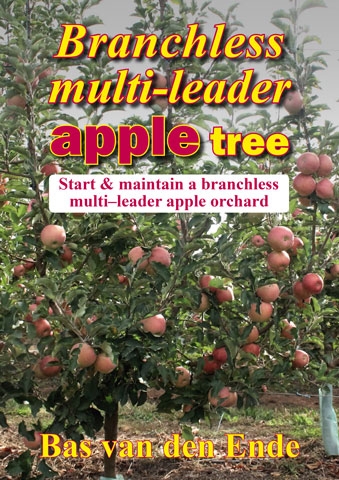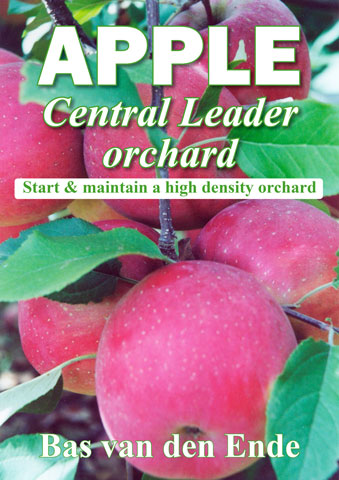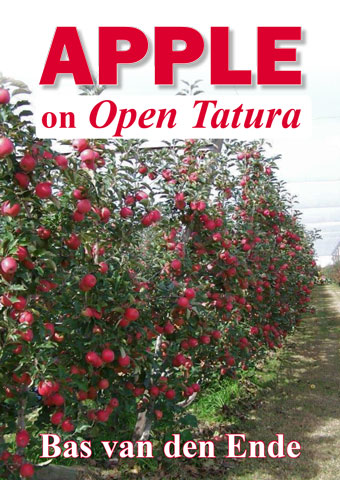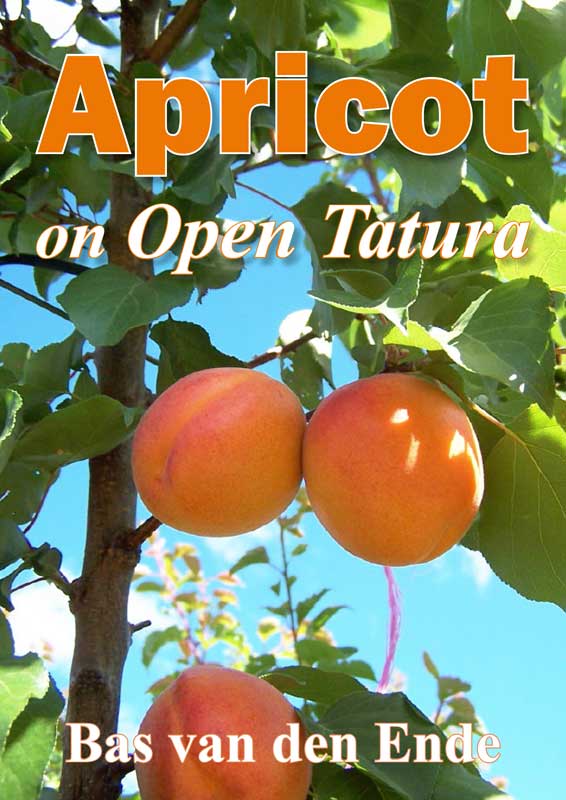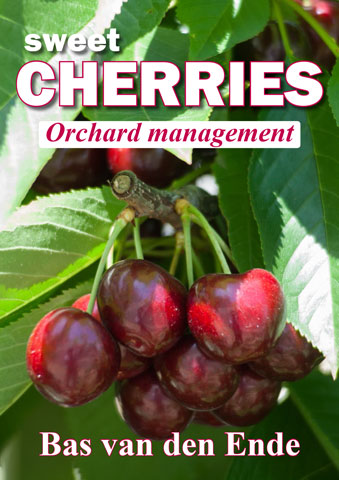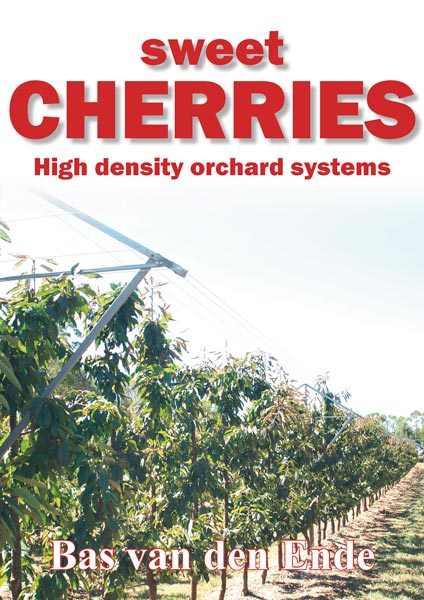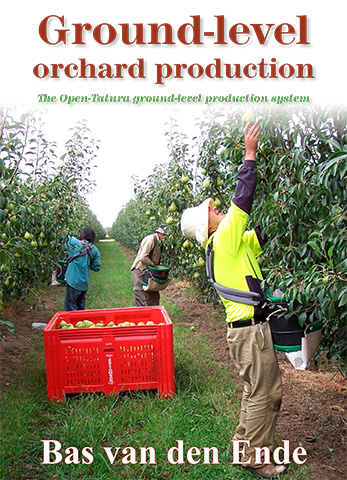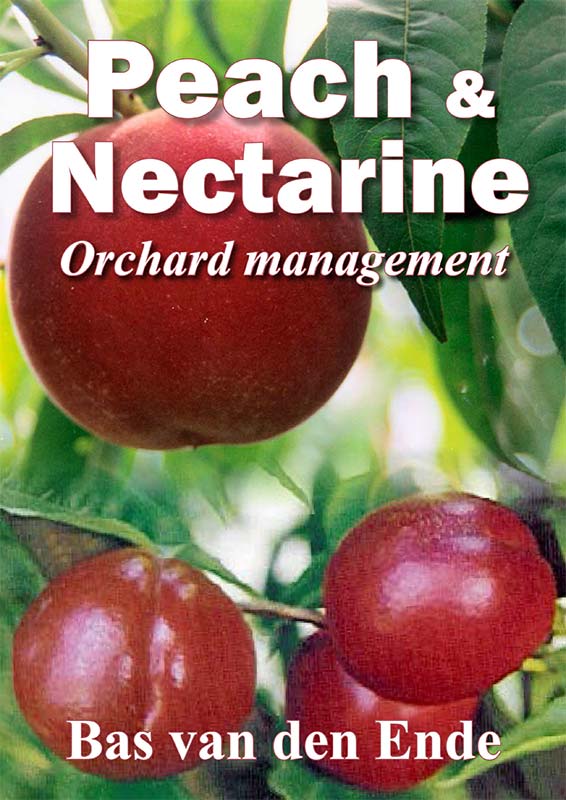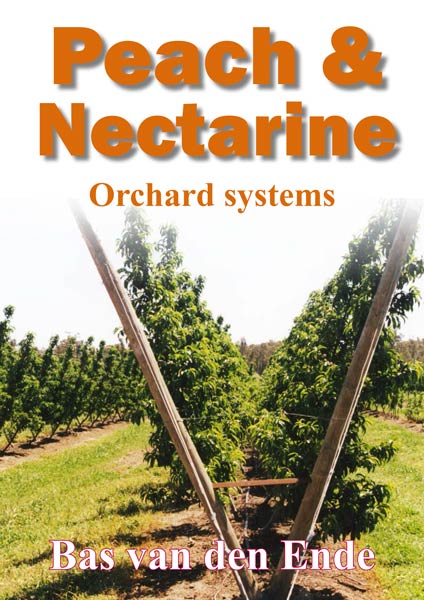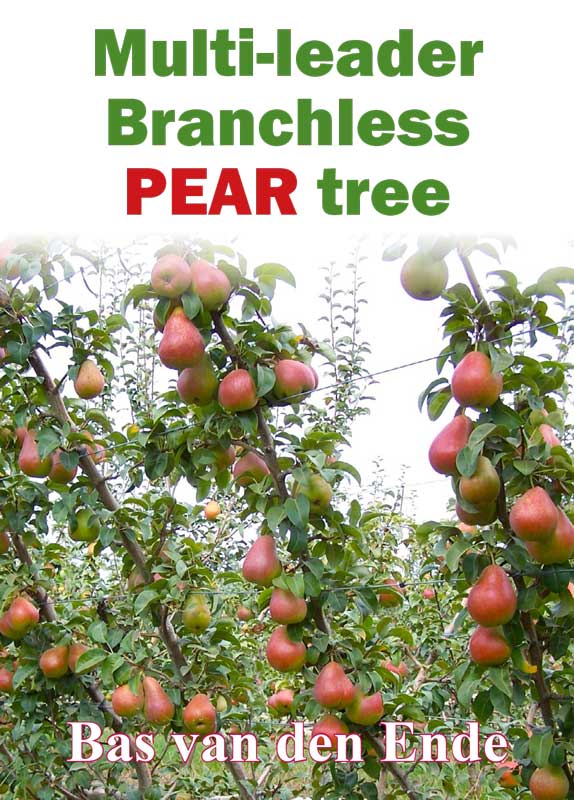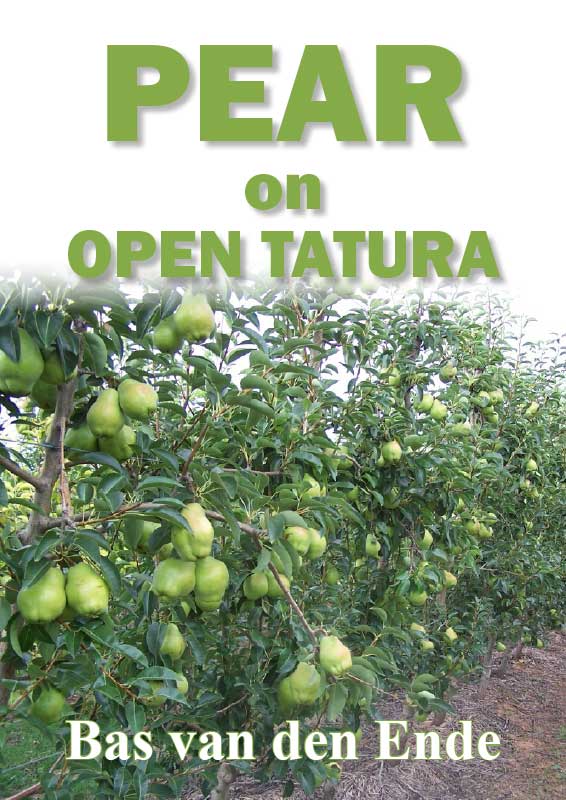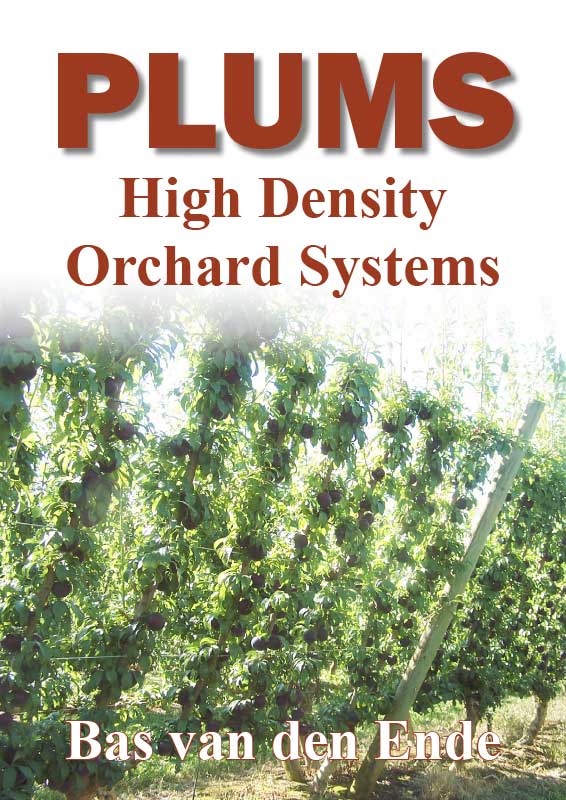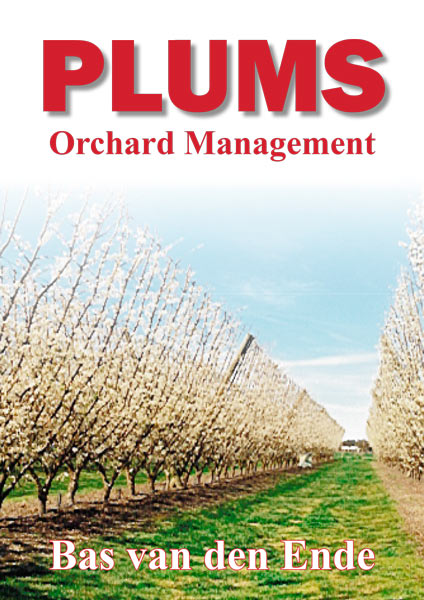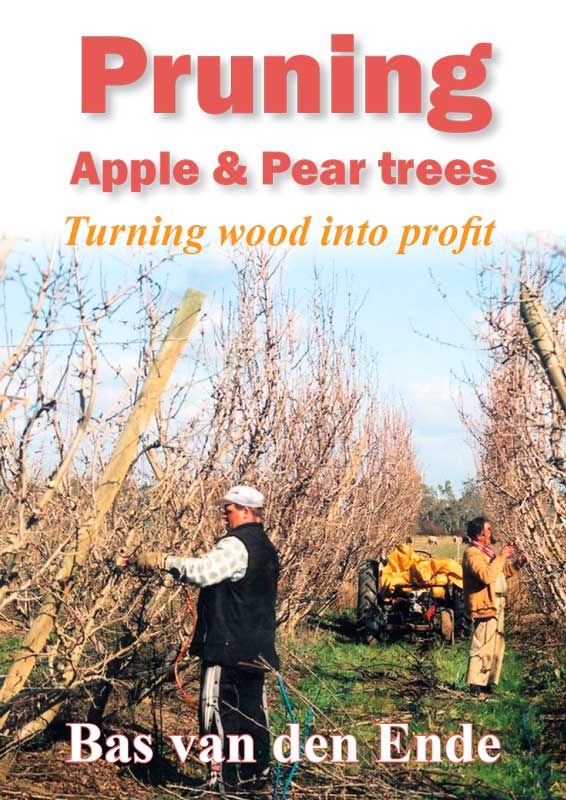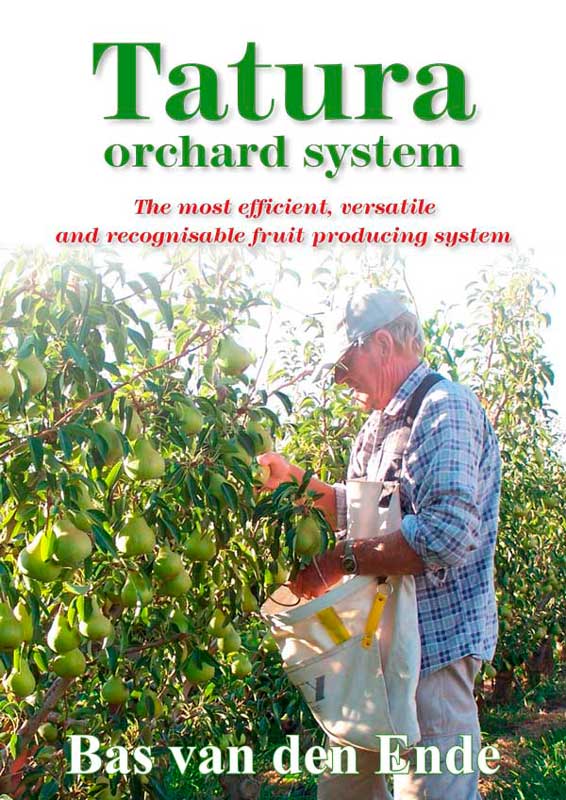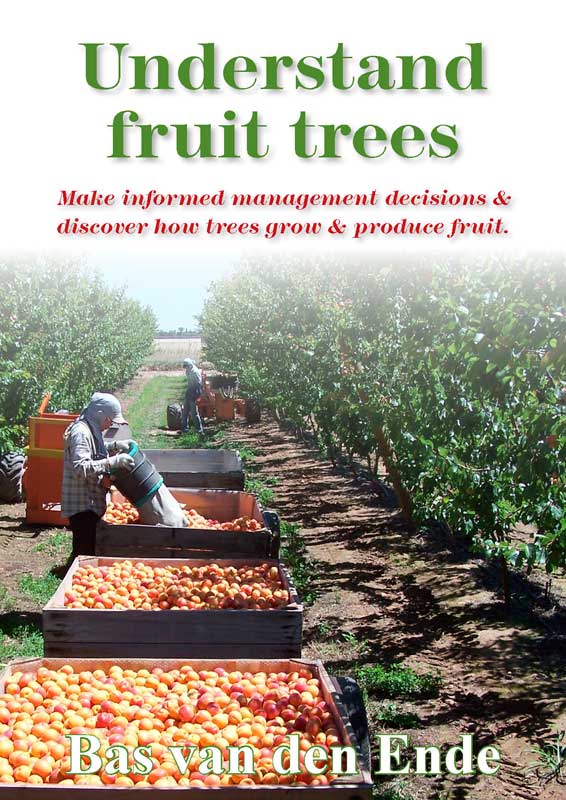What a wonderful spring we have had in Victoria. Cool and wet in the south, cool but drier in the north, the weather has enabled a huge and diverse range of bugs to thrive in the orchard.
The questions that have come up a number of times during spring are, What bug is that? Is it a good one or bad? What does it do?
Great questions—never assume that because a bug looks different it is an enemy and will damage your crops.
Correct identification is crucial to IPM and management of the good and bad bugs.
Predators such as the minute pirate bug, lacewings, predatory thrips, and predatory mites consume thrips, eggs and larvae, while tiny wasps parasitize thrips, eggs and sometimes larvae.
How do we identify these bugs and sort out the good from the bad? (On this page are bugs that we have seen in the orchards this year).
Detection & identification key to IPM
There is a huge assortment of insects in our orchards. Careful monitoring to detect them and correct identification are the basics of an IPM program.
Much is written about the well know predatory mites, hover flies and lacewings as predator insects in the orchards, but there are many more good guys that can also help in controlling tree and fruit pests.
How to identify bugs
Searching ‘Google images’ on the internet can help identify the bug, and it often suggests a name for the bug that we can then use to search the web further.
Web resources
There is an increasing number of ‘apps’ and web sites available on the internet, it just takes time to search through what is on offer and see if they are helpful.
There are already many apps that help identify bugs, and apps that can give an idea of the impact on IPM of the chemicals used to control the bugs.
Take a journey through the iTunes store and give some a try.
But remember, most of the apps are written for other countries, which will not likely have our native pests and bugs. This is really important as many of our parasitic and predator insects are native, so they need to be identified correctly. And the chemical impact on these good bugs is not known until we get the chemistry in the field and see what impact it really has on them.
Pest Information Wiki
For those of us with a science bent, a massive crop pest information database recently made its debut on the web.
Known as the Pest Information Wiki, this broad and deep data source presents material on a variety of topics related to pests (i.e. insects), diseases and weeds.
It was organized and crafted by the Germany-based International Society for Pest Information (ISPI).
The ISPI Wiki currently provides access to over 100,000 research publications and other pest related information sources—a breath-taking volume of historic information.
Do you have an interest in a particular pest like Codling Moth? A search instantaneously offers dozens of page titles or text matches; each found item displays the individual particulars such as: source, title, size, and date.
Click on a chosen item and more information is displayed, typically authors, abstract, source, and quite likely, a link to additional sources.
Meaning of ‘Wiki’
For those of us who are not clear on the meaning of ‘wiki’, where better to search than Wikipedia—the free encyclopedia that lives on the web.
The definition given: A wiki is a website which allows its users to add, modify, or delete its content via a web browser, usually using a simplified markup language or a rich-text editor.
The term ‘wiki’ is described as a Hawaiian word meaning ‘fast’ or ‘quick.’ The ISPI Wiki precisely matches this description.
In a note, Dr. Zelazny announced operational status for the ISPI Wiki, but commented that, “This does not mean everything is finished. The development work will still continue for a few years, as will the transfer of data from our Microsoft Access database, to this website.”
“However, most of our literature data (about 80%) has now been imported and we have pages for about 1500 pests [insects], diseases, and weeds.
“Any suggestions on the main page or other aspects of the wiki will be much appreciated.
“Kindly remember to log-in or create a user account if you want to contribute to this site.”
wiki.pestinfo.org/wiki/Main_Page (excerpted, with thanks, from IPMnet NEWS).
For more information see the November 2012 Tree Fruit

